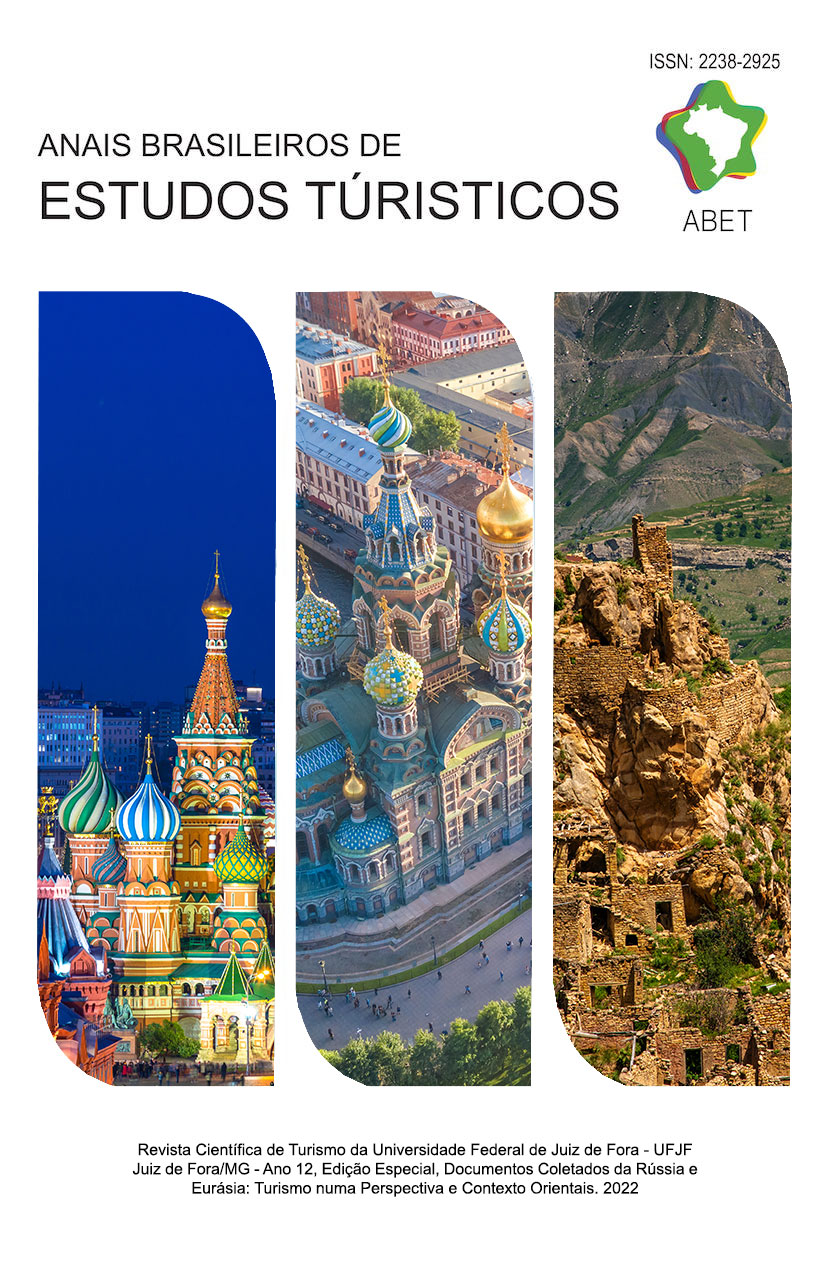Tourism Clustering as a Factor of Regional Economic Growth: Structural Features of a Regional Cluster
DOI:
https://doi.org/10.5281/zenodo.7278572Keywords:
Cluster, Region, Tourism Industry, Regional Tourism ClusterAbstract
The cluster model is crucial for developing tourism. Such clusters enable the economic development of any region and the whole country and increase the competitiveness of the final product in the market and the production activities of enterprises included in the clusters. This is especially relevant for the tourism industry, which is a promising area of economic development. Therefore, it is significant to study the possibilities and experience of implementing the cluster model in further research. The study aims at determining and analyzing the main structural features of the regional tourism cluster. Based on an expert survey, the article determines and considers the main structural features of the regional tourism cluster as exemplified by the existing regional tourism clusters in Russia. It is concluded that the main structural feature of a regional tourism cluster is its structural connectivity which provides participants with an advantage over competitors acting separately.
Downloads
Downloads
Published
How to Cite
Issue
Section
License
Copyright (c) 2022 Anais Brasileiros de Estudos Turísticos

This work is licensed under a Creative Commons Attribution 4.0 International License.
This journal provides immediate open access to its content, following the principle that providing free scientific knowledge to the public provides greater democratization of world knowledge.
Authors must agree to the following terms relating to copyrights:
(a) Authors keep all copyright and grant the to the journal the right of first publication, with the work simultaneously licensed under the Creative Commons Attribution License that allowing job sharing with recognition of authorship of the work and initial publication in this journal.
(b) Authors are allowed to assume additional contracts separately, for non-exclusive distribution of the version of the work published in this journal (e.g. publish in institutional repository or book chapter), with recognition of authorship and initial publication in this magazine.
(c) Authors are allowed and are encouraged to publish and distribute their work online (e.g. in institutional repositories or on your personal page) since they do not do this before or during the editorial process, as this can generate productive interchange, as well as increase the impact and citation of work aired. (See Effect of Free Access).















